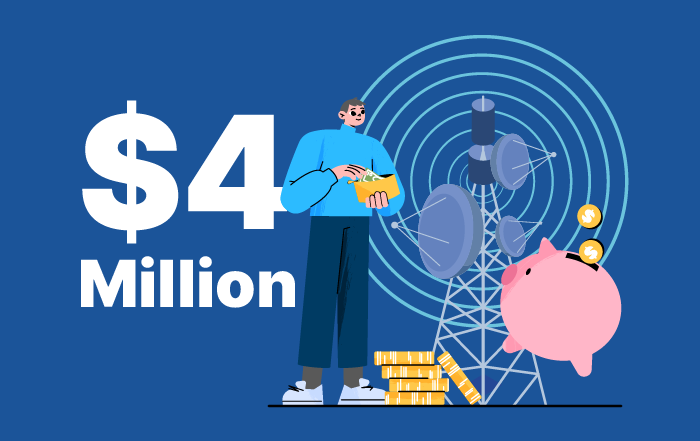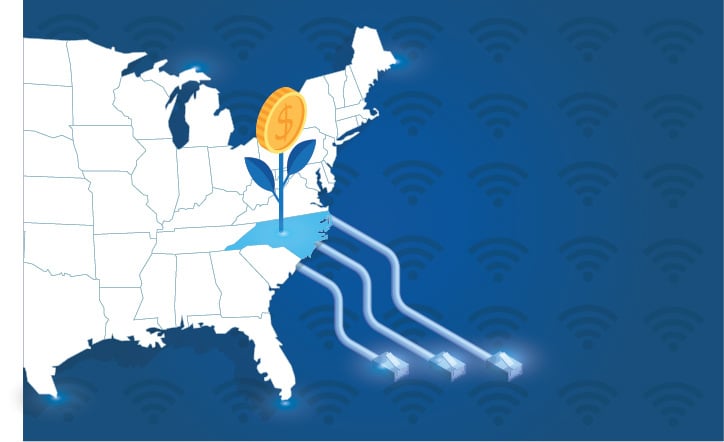2 min read
From Dial-Up to Fiber: The Evolution of Internet Access and the Role of Hybrid Networks
For many, the concept of the internet seems straightforward: we can simply reach into our pockets and access a vast wealth of information within...

2 min read
Taneil Currie : Aug 11, 2023

Access to the internet has become an essential part of daily life; from education and healthcare to business and entertainment, the internet is a powerful tool that facilitates communication and information sharing. However, not all communities have equal access to reliable high-speed internet. The digital divide, a term used to describe the gap between those with access to digital technologies and those without, is particularly evident in rural areas. Fortunately, advancements in technology, specifically the deployment of fiber internet, are making significant strides in bridging this gap and positively impacting rural communities.
Rural communities have long been grappling with limited or inadequate internet connectivity. While urban areas often benefit from robust broadband infrastructure, many rural regions struggle with slow and unreliable internet access. This digital divide has far-reaching consequences on the quality of life for rural residents. It hinders access to online education, job opportunities, telemedicine services, and e-commerce. Additionally, it limits small businesses ability to compete on a global scale and prevents rural areas from fully participating in the digital economy.
Fiber internet, also known as fiber-optic internet, is a cutting-edge technology that uses thin strands of glass or plastic to transmit data as pulses of light. This technology offers several advantages over traditional copper-based internet connections. First and foremost, fiber internet provides dramatically faster speeds, often reaching up to 1 Gigabit per second or more. This superior speed and reliability eliminate lag and buffering, making it ideal for various online activities. Additionally, fiber connections are less susceptible to environmental factors such as interference from power lines or weather conditions, ensuring consistent performance.
Despite the promising impact of fiber internet on rural communities, challenges still exist in its widespread implementation. Expanding fiber infrastructure to remote areas can be costly and logistically complex. However, various initiatives, public-private partnerships, and government funding programs are aiming to address these issues and accelerate the deployment of fiber internet in rural regions.
Fiber internet is a game-changer for rural communities, effectively bridging the digital divide and unlocking opportunities for growth and development. By ensuring equal access to high-speed internet, we empower rural residents to thrive in the digital age. It is crucial for governments, private sectors, and communities to continue investing in the expansion of fiber infrastructure, thus ensuring that all citizens can reap the benefits of a connected and inclusive future.

2 min read
For many, the concept of the internet seems straightforward: we can simply reach into our pockets and access a vast wealth of information within...

In a significant step towards achieving digital equity, the Biden-Harris administration has recently unveiled a groundbreaking initiative: the ...

North Carolina is taking a proactive approach to address the digital divide by launching another round of bidding for the Growing Rural Economies...